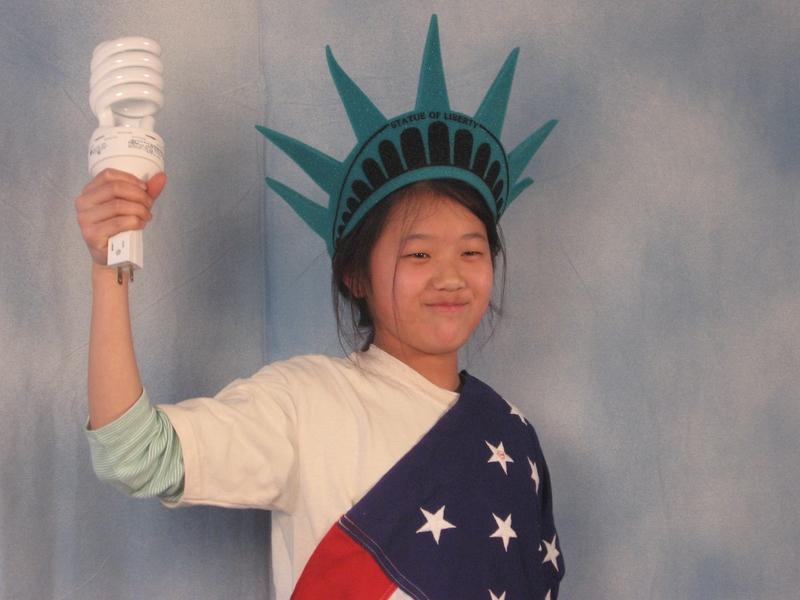Born Chinese, raised American, an adoptee explores her identity
Maya Ludtke, adopted from China as an infant and raised in the United States, is finding a balance of both identities that works for her.
Before Maya Ludtke was Maya Ludtke, cherished American daughter, she was an abandoned baby girl in eastern China, when the one child policy and a traditional preference for boys landed her in an orphanage.
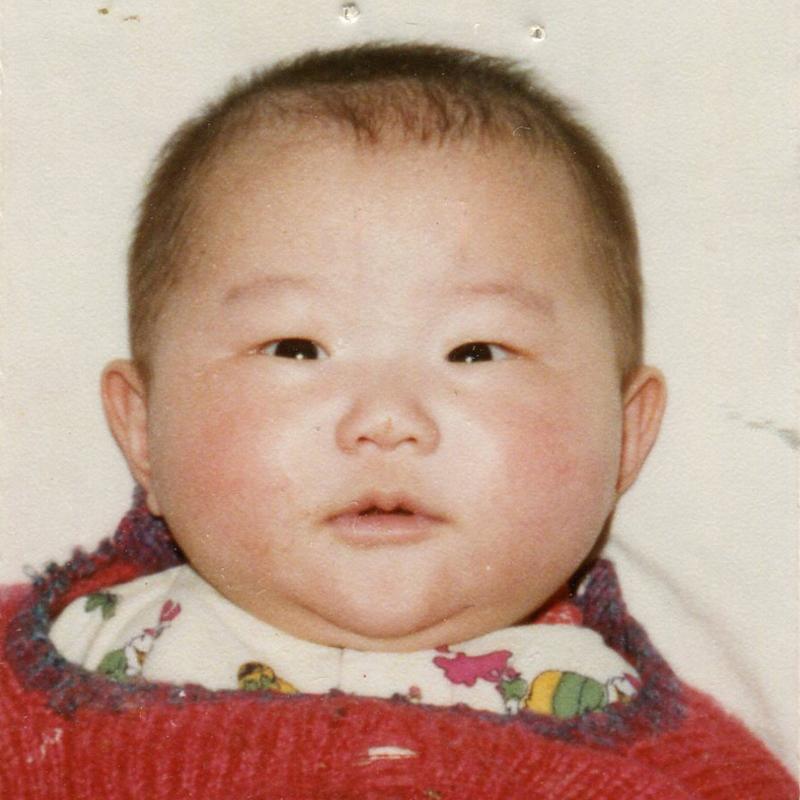
Now, as a college freshman, she’s teaming up with her adopted mom, journalist Melissa Ludtke, to tell the story of her search for identity, her return to the village of her birth to see what her life might have been like had she stayed, and the bigger story of how China’s one-child policy, and attitudes toward women and girls, drove a wave of some 120,000 international adoptions — most to the US — of mostly Chinese girls.
The one child policy came out of a belief that if China didn’t curb its population growth, the country would never prosper. Generations of Chinese grew up shaking their heads and muttering, "ren tai duo" – there are just too many people. In the early ‘80s, the government stepped in to change this. Three decades of coercion, intimidation, forced abortions and violations of Chinese women’s privacy, dignity and human rights followed. Women were made to show proof each month that they were having their periods. And if they managed to sneak in an unauthorized pregnancy, they were punished with huge fines, or the destruction of their homes, or the loss of their or their husband’s jobs.

In truth, China’s fertility rate had already dropped by half, from almost 6 children per woman to about 3, before the one-child policy started. And even without the policy, it would likely have dropped more — as it’s done in most places around the world — as women became better educated and had better access to well-paying jobs.
But China’s leaders were impatient, and they pressed ahead. Families, forced to choose, often chose to give up their girls so they could have boys. The result is some 50 million ‘missing’ Chinese girls — girls who were given away, killed in infancy, aborted or abandoned. China’s orphanages began to fill up with unwanted baby girls. The Chinese government decided to open to international adoptions. Soon after, Melissa Ludtke, who as a young sports journalist had successfully sued to be able to interview male athletes in their locker rooms, just like her male colleagues, started thinking about breaking another barrier.
“I had very much thought about having a child,” she says. “I had in fact gone and tried to have a child on my own after a relationship ended for me in my late 30s. And then, a friend of mine, asked me a question one day. She asked, ‘and so, I guess you won’t be a mother,’ since she figured I hadn’t acted on it by this point. And I responded to her immediately, ‘no! I haven’t decided that.’”
The friend put Melissa in touch with an adoption agency that brought her to China, and put nine-month-old Chang Yulu in her care. Chang became Maya, and Maya grew up as an American girl, in Cambridge, Massachusetts.
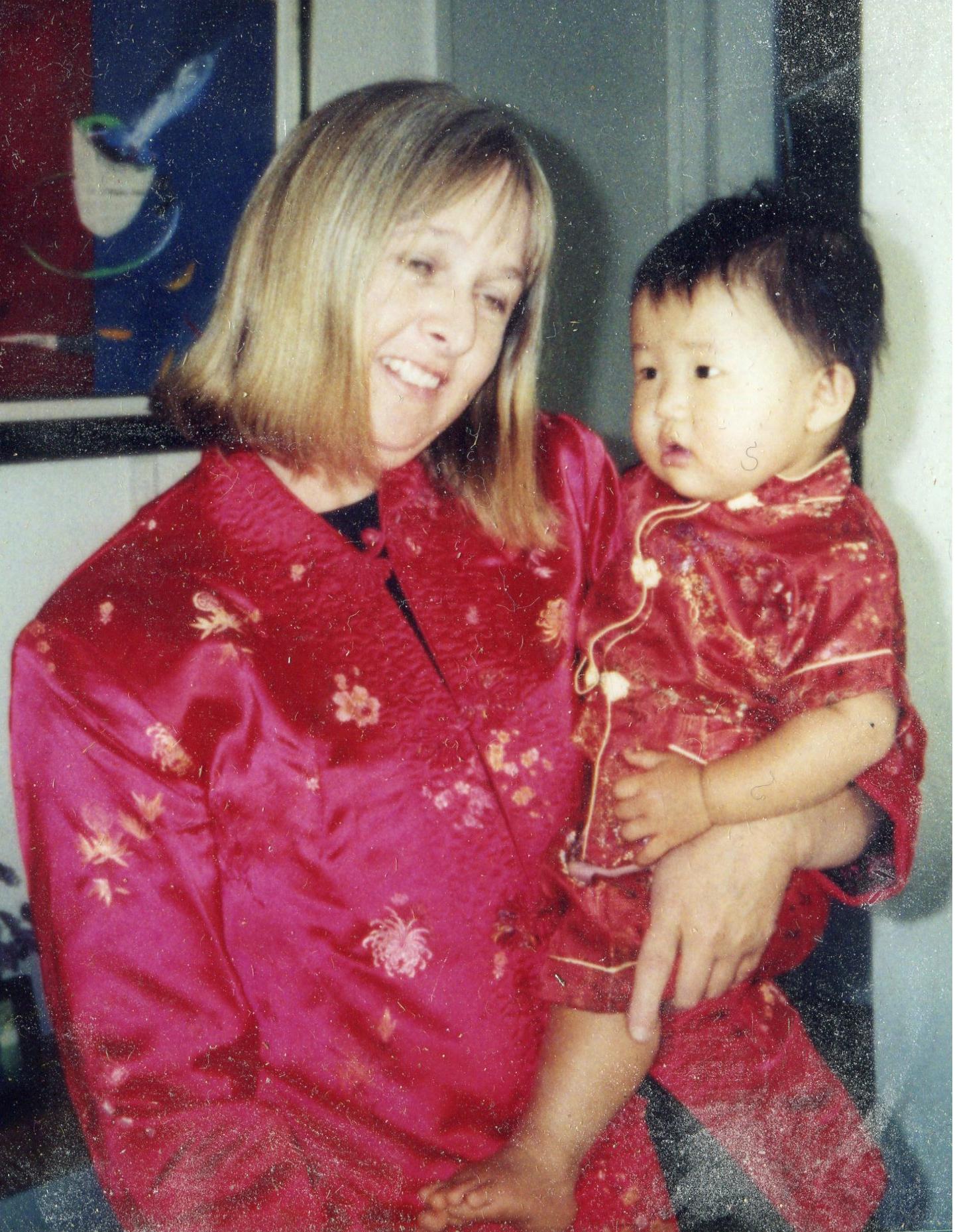
Melissa tried to keep Maya connected with China and the Chinese part of her identity. So did many of the other parents of adopted Chinese babies. Maya was part of a huge wave of Chinese adoptions — some 80,000 into the United States, 40,000 elsewhere. Many of the adoptive parents stayed in touch, even organized into more formal groups, and many of the daughters met often.
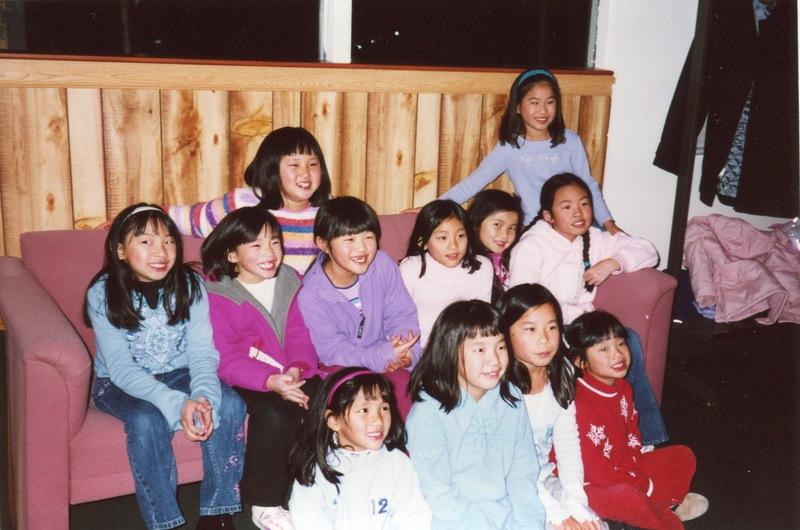
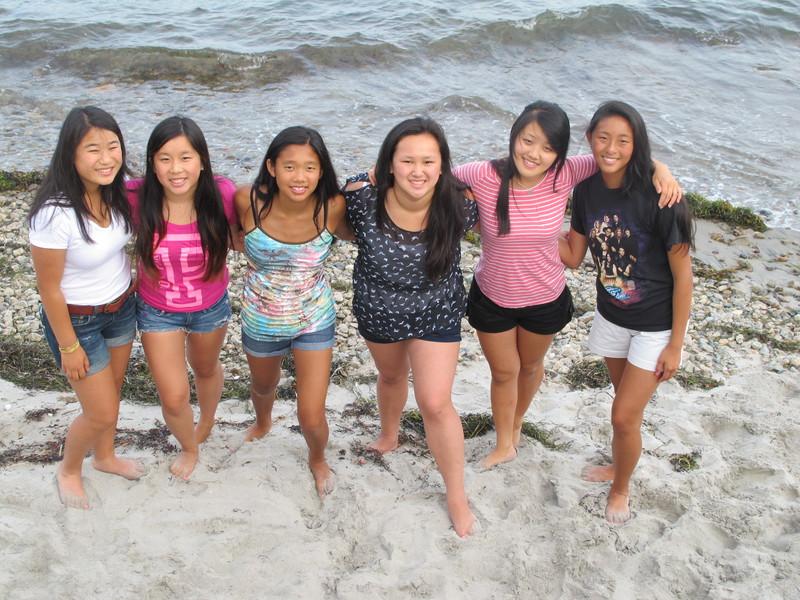
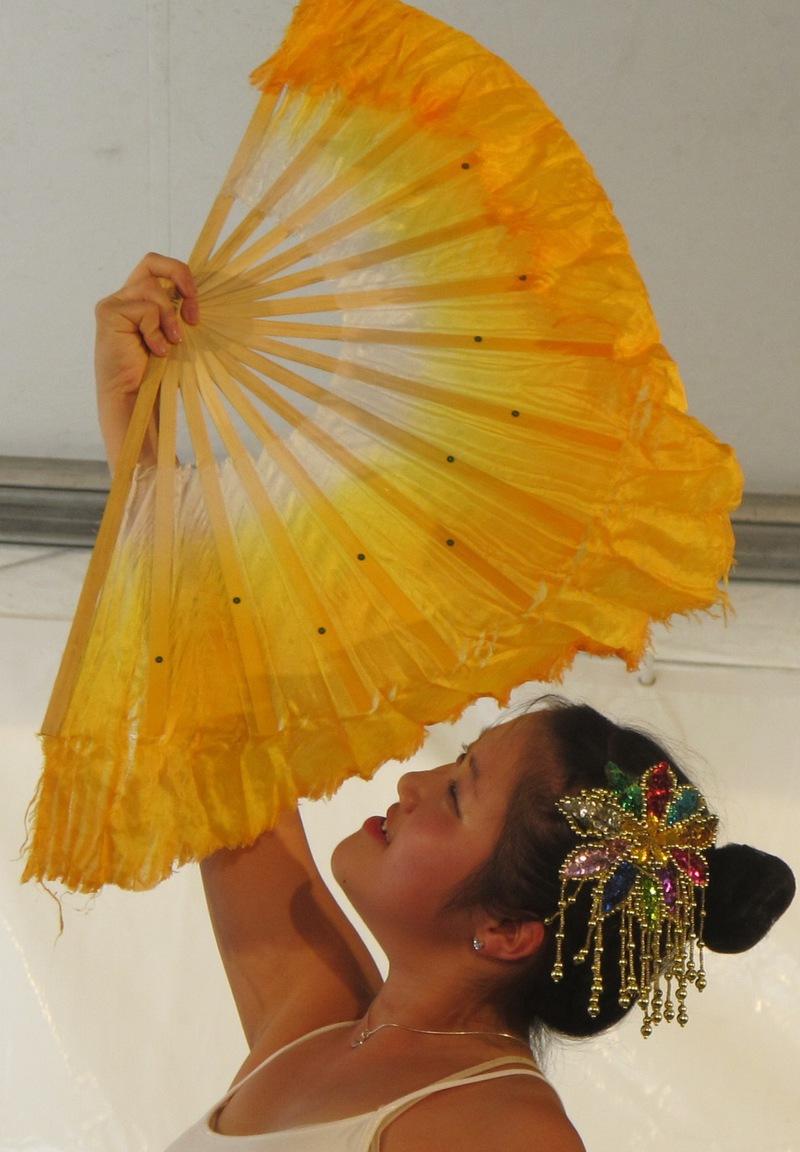
Maya, now a 19-year-old college student, says that worked — to a point.
“It was great to have that community of other girls, who were kind of in the same boat as me,” she says. “But of course, growing up, there were moments when perhaps I was a bit embarrassed because my family wasn’t what everyone else’s was, and people would ask questions, and I didn’t always know how to respond, like, ‘is that really your mom?’”
Identity is a complex thing for anybody, that much more so when adopted from a country where ethnic identity is seen as immutable, into a country tolerant of shifting and reinvented identities, of ethnic melting pots and tapestries, and different strands of identity weaving together in different ways over time.
The Ludtkes faced this in a way that surprised them, when Melissa first took Maya back to China, when she was 7 — back to the town of Xiaxi, in Jiangsu province, where she was born.
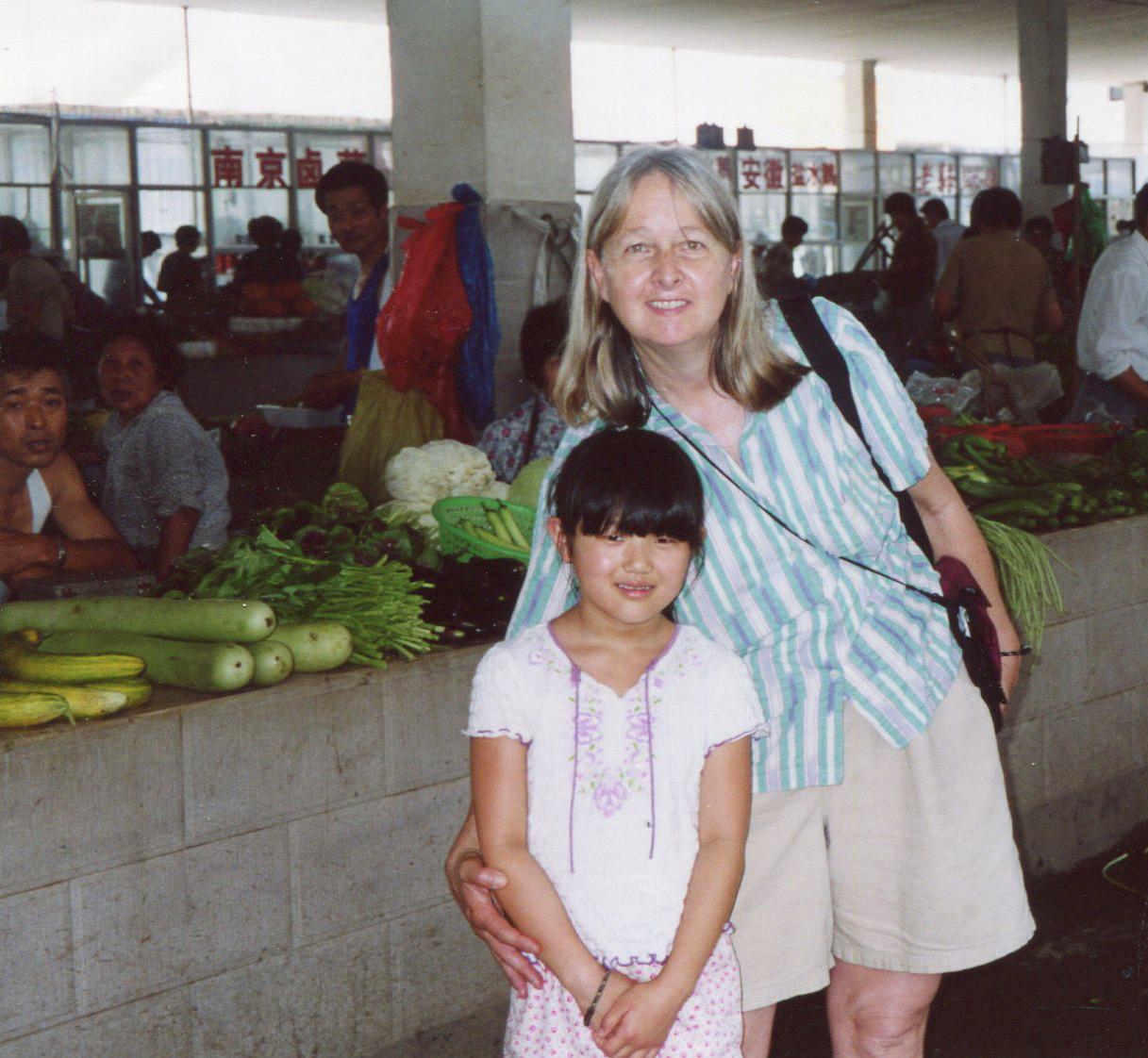
“We went into this marketplace there,” Melissa recalls. “And as we walked around, it became clear to me that the whole marketplace had basically stopped, and everyone was staring at us, mostly at me, with the blond hair, in rural China. … And there I was, holding the hand of a young girl. And — I don’t know. Maybe they thought I had kidnapped her. They couldn’t possibly understand how we had come to be together. And this made Maya so uncomfortable. … It made us both uncomfortable. And we had this long circle to go around to get out of the marketplace. … I had really done a bad job that morning of being her mother in the way I should have been. We went back to Changzhou, and just stayed in the hotel room the rest of the day.”
Melissa says that moment stayed with her, and a decade later, she suggested to Maya that she return to Xiaxi without Melissa, to get to know it on her own terms.
Maya set out with a friend her age, Jennie, another Chinese girl who’d been adopted out of the same orphanage at the same time. And Melissa, seeing the potential for a journalistic project on identity, the lives of girls in China and the one-child policy, arranged a film crew to follow Maya and Jennie back to the villages where each was born, finding out what the lives of girls their age were like there, what their lives might have been like if their families has kept them.
The stories, photos and videos from that three-week trip became the backbone of the multimedia project “Touching Home in China,” which Melissa has been developing both as an e-book and as a curriculum for schools and community colleges.
"We’re talking now in this country about the need to strengthen the community college system, and it really is the gateway for so many immigrants all over America, into both our society and into higher education," Melissa says. "I think Maya’s and Jennie’s experience of trying to return to a place to try to understand yourself better, raises so many of these questions that so many immigrants who come to this country and are made to feel as ‘other,’ and who think of themselves as ‘other,’ until they find pathways into how ‘other’ becomes ‘us,’ I think this story can be a powerful tool to help them to do that."
One of the videos in "Touching Home" shows Maya, early in her visit to Xiaxi, trying to talk to a group of local women. They ask her, in Chinese, ‘do you understand when we speak to you?’ Maya smiles and looks uncertain. She understands some, but not all. The women seem perplexed. She looks like a Xiaxi girl. Why does she talk funny? Why can’t she understand a basic conversation?
“If I didn’t say anything, I blended in perfectly,” Maya says. “A lot of people were confused only when I opened my mouth and I tried to say something, and then the confusion was about why I sounded so weird. … I was one of the only foreigners they’d ever seen.”
It’s interesting that Maya, talking about an encounter in the village where she was born, describes herself as a foreigner, and assumes that “seeing” this foreigner was strange for the villagers. But, the villagers actually commented on how she looked like one of them. One woman said, ‘you’ve come home.’ If America is the land of constructed identities, China is one where many people consider identity immutable — especially Chinese identity. If you’re ethnically Chinese, even if you are generations removed, you’re Chinese. And if you’re not ethnically Chinese, you will never be Chinese, no matter how perfectly you speak the language, how well you know the culture or how much you consider China to be home.
Then again, even if you’re ethnically Chinese, it can get complicated. Mei Fong, a former Wall Street Journal correspondent in China, and author of the book “One Child: China’s most radical experiment” has had her own experience with that.
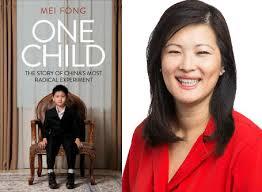
Mei Fong has been thinking a lot about identity, while working on her book, including about female identity. She says she can relate to the unwanted girls in China. Her father, the 16th of 18 sons — by the same Chinese-born father, different mothers — was aghast that he had five daughters, and no sons.
“My father certainly was very, very disappointed,” she says.“He had grown up in a household that had been defined by sons. It had a very proud lineage. And he kept having daughters. His brothers had sons. But he kept, one after another, having daughters. He was an accountant, and he would speak in that terminology. So one of the things he kept telling us was, ‘you guys are liabilities. You are not assets. You are liabilities. Don’t forget that.”
It was attitudes like that, within China, that led to some 50 million missing girls under the 30-plus years of the one-child policy — girls who were selectively aborted, or abandoned, or killed, or hidden, so families could try again, for a boy.
Unintended consequences abound. For starters, there are way more boys than girls, and young men than young women, in the one-child generation. The usual gender balance at birth, globally, is 105 boys to 100 girls. In China, the national average was close to 120 boys to 100 girls in 2009, before coming down to about 115 to 100 now. In some provinces, and districts, it's much higher. That will make it hard, for a generation, for young men to find wives. In poorer rural areas, there are already 'bachelor villages' facing this challenge.
On the positive side, attitudes about women and girls in China have been changing fast, as China modernizes. More women were going to college, getting good jobs, making good money, and often — staying in better touch with their parents than their male counterparts do.
Maya seems ambivalent about her own biological parents. She chose not to try to find them when she was in Xiaxi, though she was touched when locals offered to help. She recalls a day when she and one of the local girls her age were in town.
“And she out of the blue said, ‘there’s the hospital. That’s where I was born. Maybe you were born there too,” Maya recalls. “So of course, we went inside, and all the doctors stopped what they were doing, to come and see this strange foreigner who said she was born here, and started digging through these old shelves of records, and looking at computer records, to see how many babies came through that day.”
Again — Maya refers to herself as a ‘strange foreigner,’ even though she was from there — possibly, born in that hospital. Maya admits that her own sense of identity shifts over time, and depending on the context, and her visit to the village where she was born is no exception.
“I still think I’m Chinese American, because I have become American,” Maya says. “But I still do feel tied to China. Instead of saying ‘I’m half Chinese and half American’, it’s kind of more – in what areas do you feel Chinese, and in what areas do you feel American? I think for me, growing up, that changed day to day. There were some days when I wanted to be more connected to China. There were some days when I wanted to feel more American. I think it’s a sliding scale, and it’s hard to really say.”
What Maya does say is she’s glad she can share her story, and hopes it prompts other young people to think about identity as a personal journey.
“You have to figure it out for yourself,” she says.“You can’t always have others telling you ’this is what you are.’ It’s really your own identity to form, who you are and who you want to be, and how you want to be defined.”
In that attitude, Maya is thoroughly American. But she wants to stay in touch with her Chinese side. She’s working on her Chinese language, planning to major in environmental science, and sees the possibility of going back to the land of her birth to help out on that front, for a time.
Meanwhile, China continues to change. The one child policy ended in late 2015. Now, the government says everyone can have two children — after they fill out the right paperwork. The government doesn’t want to entirely get out of people’s personal lives. It’s apparently hard to give up that kind of control once you have it.
But it turns out it’s harder to turn on the fertility tap than to turn it off. Not only is China’s fertility rate now well below replacement, many young adults, enjoying good jobs and decent money, are staying single longer, and opting to have just one child or no children once they get married. They say, raising children is hard, and expensive, and anyway – they were only children. Why have more? At the same time, China’s baby boom generation is starting to roll into retirement, and their grown only children are now tasked with keeping a slowing economy humming along, while supporting an ever-growing older population.
It’s long been asked, will China grow old before it grows rich? Will it hit the same per capita GDP that developed countries have, which was one of the goals of the one-child policy, or will it get stuck in what’s called the middle-income trap? At this point, it’s not at all clear.
